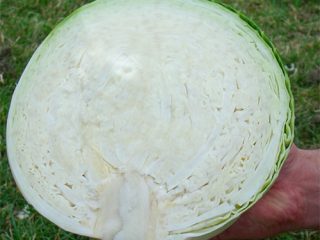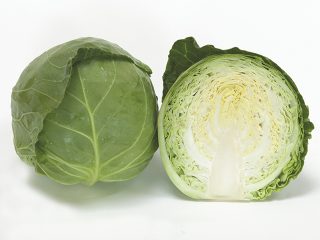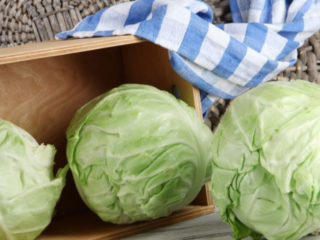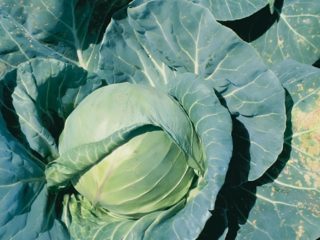Content
Cabbage diseases in open ground are a phenomenon that every gardener can encounter. There are numerous diseases that can damage plant crops. The method of treatment directly depends on what kind of infection has infected the cabbage. Therefore, before the procedures, it is necessary to make an accurate diagnosis, based on the presenting signs.
Features of white cabbage diseases
The main reason for the development of diseases is a violation of planting technology and subsequent care. Many varieties of cabbage are considered unpretentious. However, for full growth they require certain conditions.
Cabbage diseases are infectious in origin. Pathogenic microorganisms infect certain areas of the plant, causing the death of plant cells and subsequent rotting. Harmful bacteria and fungi are activated in the presence of favorable factors.
Among them:
- increased air humidity;
- stagnation of moisture in the soil;
- planting in acidic soil;
- improper storage of seedlings;
- excess organic matter in the soil;
- watering with contaminated water.
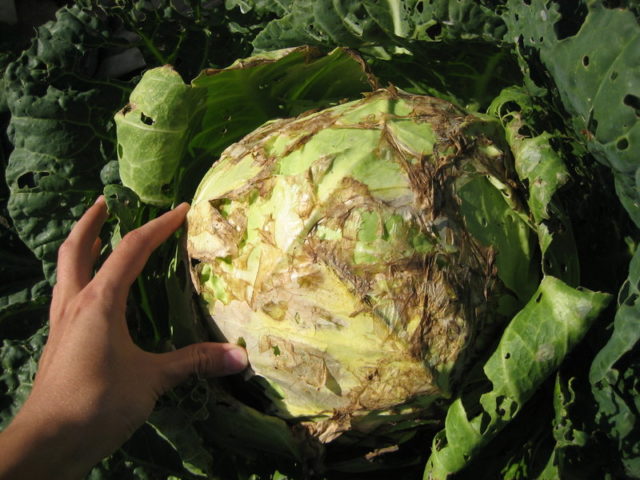
The fungus that attacks cabbage lives in the ground and is carried by seedlings and harmful insects.
The source of infection may be other infected plants. Most often, fungi and bacteria are transmitted from eggplants, peppers and tomatoes.
Description of cabbage diseases and their control
The plant is sensitive to various types of infection. Therefore, the most common diseases of cabbage in open ground should be considered. This will allow you to take timely treatment measures and save the crop from possible death.
Cabbage clubroot
A fungal disease caused by Plasmodiophora spores. The pathology mainly affects young plants that were recently planted in an open area. The disease also occurs on seedlings if they are open and regularly ventilated.
Clubroot attacks the root system of the plant. Because of this, it cannot fully feed and begins to wither. Affected heads of cabbage lag behind in development and take root poorly, which is why they can be removed from the soil without any difficulty.
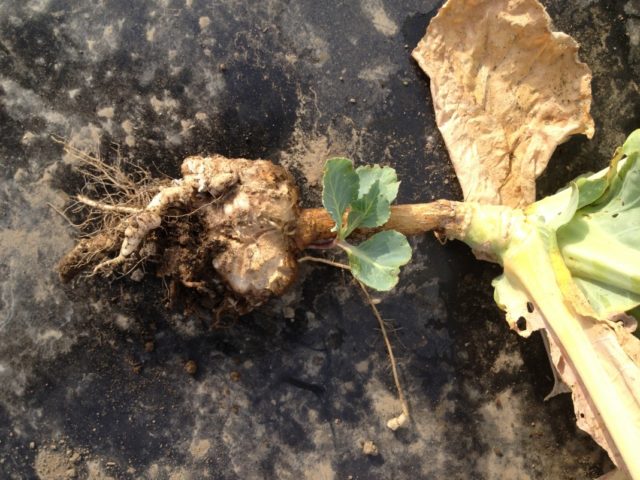
The disease is accompanied by the appearance of growths on the roots, most often appearing in young seedlings
No specific treatment measures are used. Affected plants are removed from the soil, preventing infection of nearby cabbages. If the disease has affected the seedlings, it is strictly forbidden to plant them in the ground.
Other crops can be planted in the soil in which cabbage affected by clubroot grew. The only condition is that the plants should not belong to the cruciferous family.
Downy mildew
This disease is also known as powdery mildew.The pathology is provoked by the fungi Peronospora brassicae. It is one of the most common diseases among vegetable crops.
Signs of pathology:
- The appearance of gray and yellowish spots on the leaves.
- Pale plaque on the plant.
- Dying of affected areas.
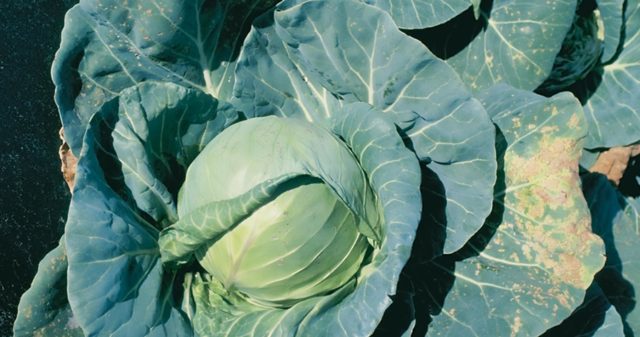
Downy mildew appears on both young and mature plants
The main cause of the disease is high humidity. In the absence of timely measures, the infection affects the plantings and can lead to crop loss.
To combat the fungus, the drugs “Phytophtorin” and “Ridomil Gold” are recommended. Bordeaux mixture is also used for medicinal purposes.
Video on preparing medicine against white cabbage diseases:
Fusarium
A fungal disease that causes wilting at different stages of the growing season. The infection penetrates the vessels of the plant, preventing adequate nutrition of the cells. In agriculture, Fusarium wilt is often called cabbage jaundice, which is associated with the symptoms of this disease.
Main manifestations:
- The appearance of yellow spots between the veins of the leaf blade.
- Yellowing of the leaf.
- Head deformation.
- Brown spots on the leaf cut at the base.
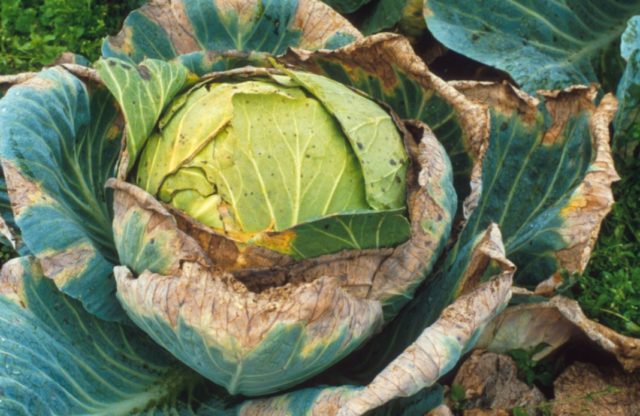
Fusarium leads to cell death and plant wilting
Affected heads of cabbage cannot be cured of the fungus. They must be removed from the soil to prevent infection of neighboring plants.
To combat the disease, systemic fungicides are used. The most effective drugs are “Tekto”, “Topsin-M”, “Benomil”, “Titusim”. They need to periodically treat healthy plants to prevent fungal infection.
Fomoz
The disease is known among gardeners as dry rot. It is caused by Phoma lingam fungi.
The pathology is accompanied by the formation of light gray spots with black dots inside. The damage spreads to leaves and roots. The stem of young plants is usually infected when the seeds become infected.
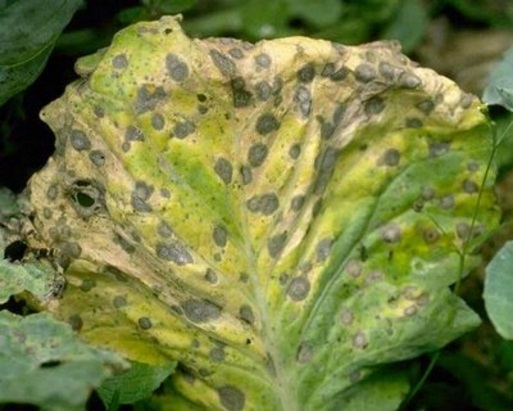
Phomasis is often transmitted by fungal spores
The disease affects the plant at high air humidity and a temperature of 20-24 degrees. When fungus appears, diseased cabbage must be removed from the soil. For prevention, the planting is treated with fungicides.
White rot
This is the most common disease of cabbage during storage. It can also occur on mature plants.
Main features:
- The appearance of rot on the head of cabbage near the soil surface.
- Change in color of outer leaves.
- Softening of affected tissues.
- Gradual rotting of the entire plant.
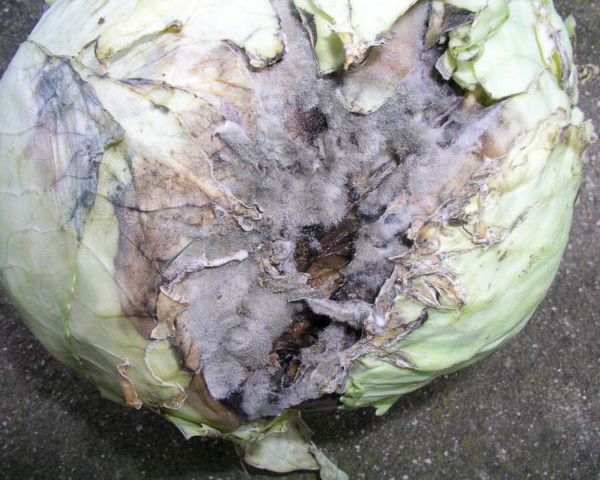
High humidity and rainy weather promote the occurrence of white rot
There are no specific methods to combat this disease. It is necessary to remove cabbage leaves that have begun to rot. After this, the plant is treated with an antifungal agent. In many cases, this allows you to save the fruit if the rotting process is superficial and has not spread to the inner leaves of the cabbage.
Mosaic
The disease is provoked by viral microorganisms. The infection can affect both early and mature cabbage. The source of the virus is some ornamental plants. Pathogenic microorganisms can also enter the soil when treated with non-sterile fertilizers or during watering.
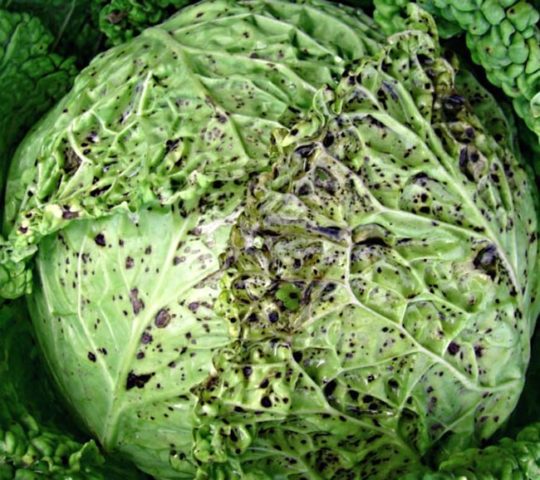
Infection is facilitated by improper treatment of bushes or infected crops that are located in the neighborhood
Because of these symptoms, mosaic is often called cabbage black spot. The disease is considered incurable. Infected plants are removed from the soil, isolated from healthy ones.
Blackleg
The disease develops in the early stages of the growing season. Typically, the disease affects cabbage seedlings immediately after planting in open ground.
Main reasons:
- The technology for growing seedlings has been broken.
- Planting was done in contaminated soil.
- The outflow of liquid in the soil is disrupted, causing increased humidity.
- Organic remains of infected plants were used as fertilizer.
Blackleg, unlike other cabbage diseases, is caused by several types of fungi. The main similarity is that pathogenic spores affect the root system of the plant.
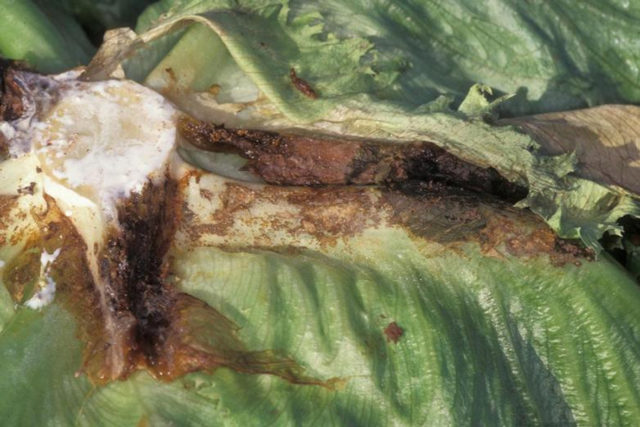
Rot spreads from the root to the lower leaves of the cabbage
It is impossible to cure blackleg. The plant will either die or grow defective. However, infection can be prevented. To do this, you need to treat cabbage seeds with fungicides before sowing. On the eve of planting seedlings, it is necessary to disinfect the soil and also ensure that it is not too acidic.
Mucous bacteriosis
The disease is caused by Gram-negative pathogenic microorganisms. Bacteria enter the plant through minor damage. They are also able to enter the head of cabbage from the soil with water and be spread by insects.
Typically, bacteriosis develops in the summer. The pathogen actively reproduces at a temperature of 25-27 degrees and a humidity of 50%.
The photo of cabbage disease shows mucus caused by a bacterial infection.
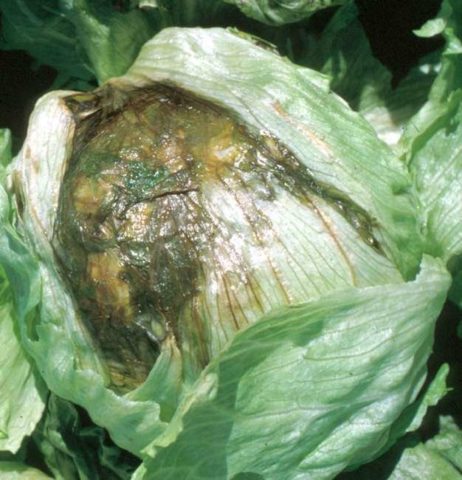
Mucous bacteriosis appears on cabbage during cultivation and storage
It is possible to get rid of mucous bacteriosis only in the early stages. The affected leaves are removed from the plant, and the head of cabbage is treated with an antibacterial fungicide. If the bacteriosis has spread to the inner leaves, the cabbage must be removed from the soil, as it can no longer be treated.
Prevention of cabbage diseases
The disease can be prevented if cultivation technology is followed. In addition, there are a number of preventive measures. They can significantly reduce the risk of disease and crop loss.
Prevention methods:
- Disinfection of seeds before sowing cabbage seedlings.
- Maintaining optimal levels of humidity and temperature.
- Regular ventilation of seedlings after germination of crops.
- Disinfection of the soil before planting.
- Timely treatment with fungicides.
- Control of pests that spread the infection.
- Correct watering regime.
- Competent crop rotation of plant crops on the site.
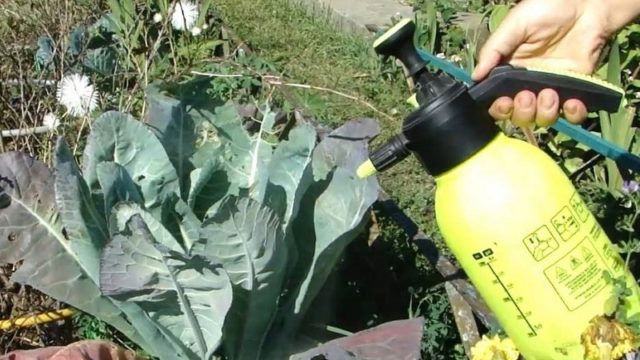
To prevent diseases, it is recommended to treat the seeds before planting.
Such activities will not only help reduce the risk of disease. They also have a positive effect on the qualitative and quantitative indicators of the harvest.
Advice from gardeners
Additional recommendations are useful for both beginners and experienced vegetable growers. A few simple tips will help prevent cabbage diseases and their undesirable consequences.
Recommendations from experienced gardeners:
- Before planting seedlings, wood ash should be added to the soil.
- Lime must be added to the contaminated soil around the plants.
- You should not fertilize cabbage with organic matter during the active growing season.
- To get a good harvest, you should choose hybrid varieties that are resistant to disease.
- Weeds should be removed from the area regularly.
- It is necessary to protect cabbage from slugs and snails, as well as harmful insects that spread the infection.
- For fertilizer, it is best to use potassium nitrate.
- You need to water the cabbage with settled water, preferably not cold.
- Diseased plants removed from the soil cannot be used to make compost or humus.
Any antifungal and antibacterial agents must be used in strict accordance with the instructions. In this case, it is necessary to take into account the varietal characteristics of cabbage and the climatic specifics of the region.
Conclusion
Diseases of cabbage in open ground are a common problem that can lead to crop loss. Most diseases cannot be treated. Therefore, to prevent negative consequences, comprehensive prevention, compliance with cultivation technology and crop care rules are necessary.



